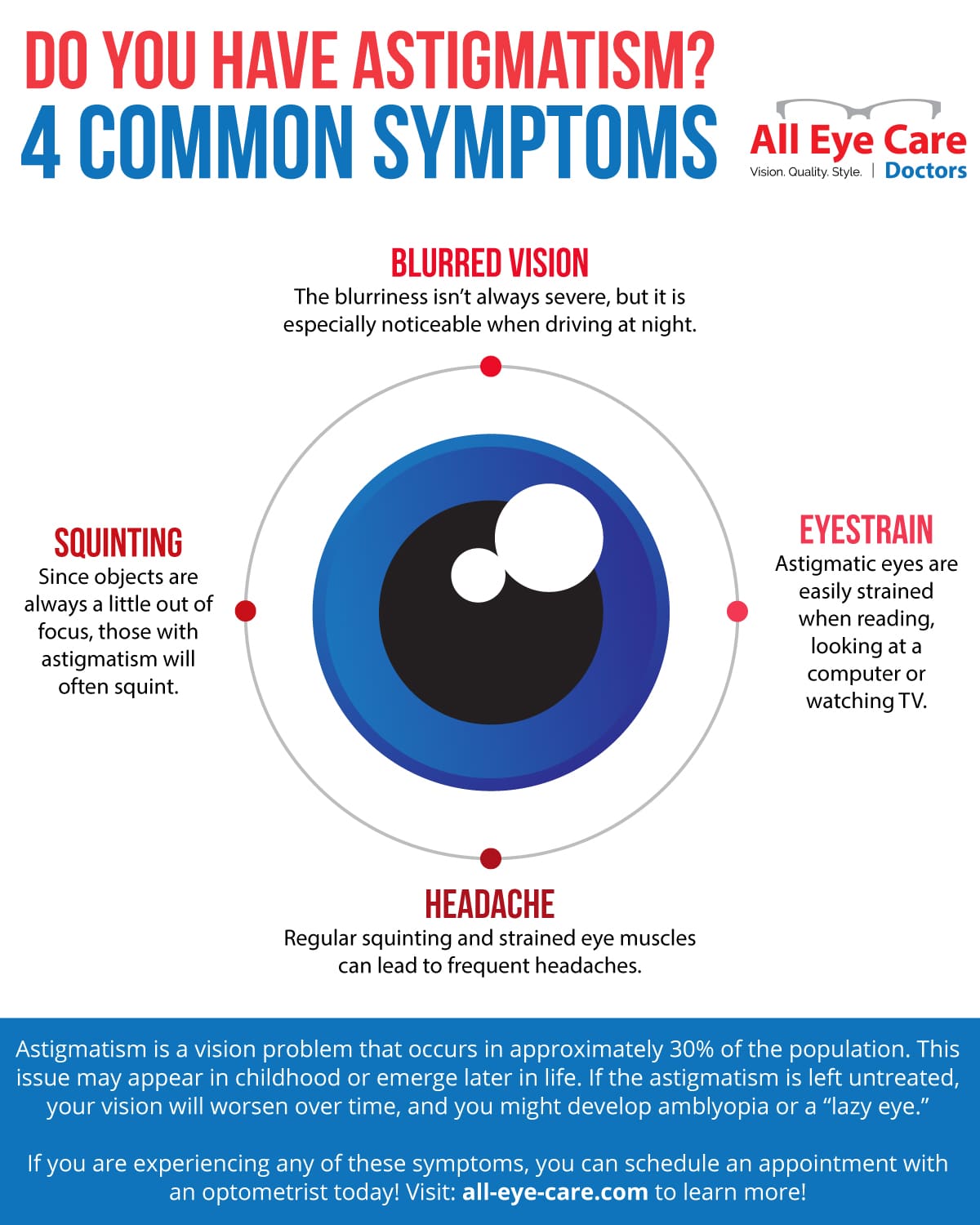A Comparative Research Study Of Conventional Cataract Surgical Treatment And Laser-Assisted Strategies: Benefits And Limitations
A Comparative Research Study Of Conventional Cataract Surgical Treatment And Laser-Assisted Strategies: Benefits And Limitations
Blog Article
Article Author-McGraw Hebert
When pondering the option between standard cataract surgical procedure and laser-assisted techniques, you may find yourself evaluating the advantages and downsides each approach uses. https://www.globenewswire.com/news-release/2020/10/01/2101919/0/en/Global-Personalized-LASIK-Surgery-Market-Is-Expected-to-Reach-USD-4-87-Billion-by-2027-Fior-Markets.html goes beyond the surface level of expense and precision, delving into the world of long-term outcomes and client complete satisfaction. As you browse with the complexities of these two approaches, it comes to be vital to understand the nuanced details that can substantially impact your aesthetic clarity and total experience. Keep tuned to reveal the essential variables that will lead your decision-making procedure in this vital aspect of eye care.
Standard Cataract Surgical Procedure Pros and Cons
When taking into consideration standard cataract surgery, you might discover that it's a well-established and widely-used technique. In this treatment, a doctor makes a small incision in the eye and makes use of ultrasound to separate the cloudy lens prior to removing it. As soon as read review is removed, a synthetic lens is put to restore clear vision.
Among the main advantages of traditional cataract surgery is its performance history of success. Lots of clients have had their vision dramatically enhanced with this procedure. In addition, typical surgical procedure is frequently covered by insurance coverage, making it a much more easily accessible choice for many people.
Nevertheless, there are some drawbacks to conventional cataract surgical treatment too. Healing time can be longer contrasted to more recent techniques, and there's a slightly greater risk of difficulties such as infection or swelling. Some individuals may also experience astigmatism or call for reading glasses post-surgery.
Laser-Assisted Techniques Benefits And Drawbacks
Exploring laser-assisted techniques for cataract surgery introduces a contemporary technique that uses laser technology to carry out crucial action in the procedure. Among the primary benefits of laser-assisted cataract surgery is its accuracy. The laser allows for exceptionally accurate lacerations, which can bring about better visual end results. Furthermore, making use of lasers can minimize the amount of ultrasound power needed throughout the surgical treatment, potentially reducing the threat of issues such as corneal damage.
On the downside, laser-assisted techniques can be much more pricey compared to conventional techniques. This expense mightn't be covered by insurance policy, making it less easily accessible to some people.
An additional factor to consider is that not all cataract surgeons are learnt laser innovation, which might restrict your choices for selecting a surgeon.
Finally, while the laser can automate certain facets of the treatment, the surgical procedure still requires a competent surgeon to guarantee successful results.
Comparative Evaluation of Both Techniques
For an extensive understanding of cataract surgical treatment techniques, it's essential to carry out a relative analysis of both standard and laser-assisted approaches.
Traditional cataract surgery includes hands-on cuts and using handheld devices to separate and remove the over cast lens.
On the other hand, laser-assisted cataract surgery utilizes innovative modern technology to develop precise cuts and separate the cataract with laser power before removing it.
In regards to precision, laser-assisted techniques supply a greater degree of accuracy contrasted to conventional methods. Making use of lasers permits customization of the procedure based on each patient's eye composition, possibly leading to better aesthetic end results.
However, laser-assisted cataract surgical treatment tends to be more pricey than typical surgery, which might restrict access for some clients.
While both approaches are effective in bring back vision impaired by cataracts, the selection between traditional and laser-assisted methods often depends on factors such as cost, precision, and individual client requirements.
Consulting with your ophthalmologist can help identify the most appropriate technique for your cataract surgical procedure.
Conclusion
In conclusion, when determining between conventional cataract surgical treatment and laser-assisted methods, think about elements like price, accuracy, and individual demands. Typical surgical treatment offers a tried and tested performance history and insurance coverage but might include longer recuperation times. Laser-assisted methods offer greater precision and modification but can be more pricey and not constantly covered by insurance coverage. Inevitably, the choice in between the two approaches relies on what is crucial to you and your details situation.
